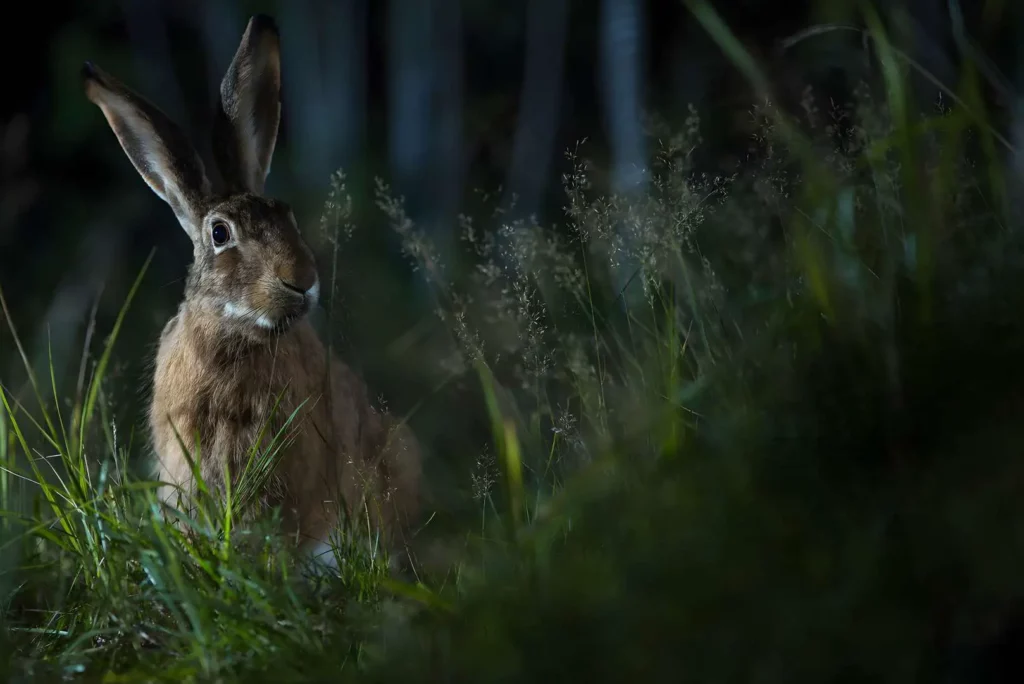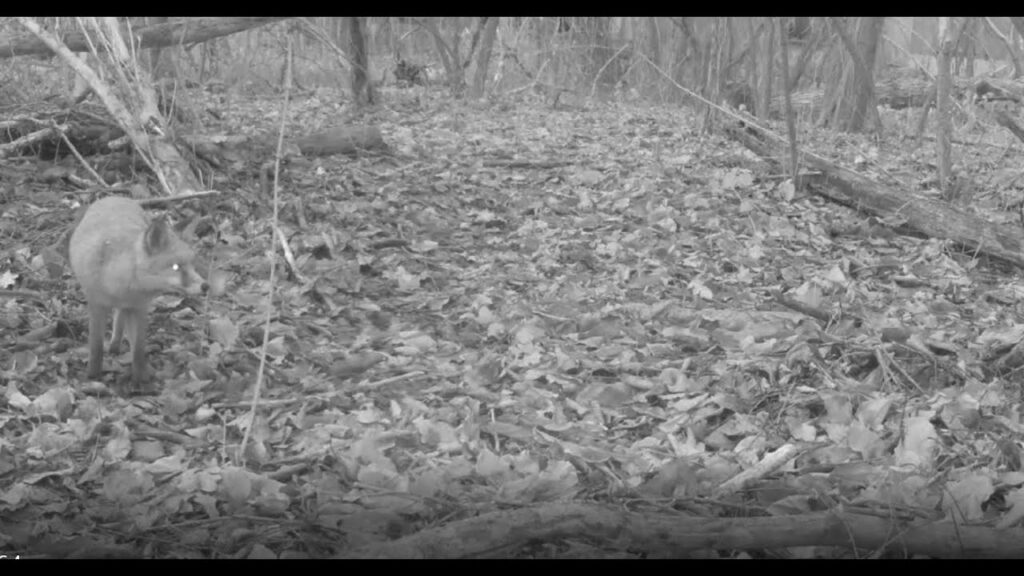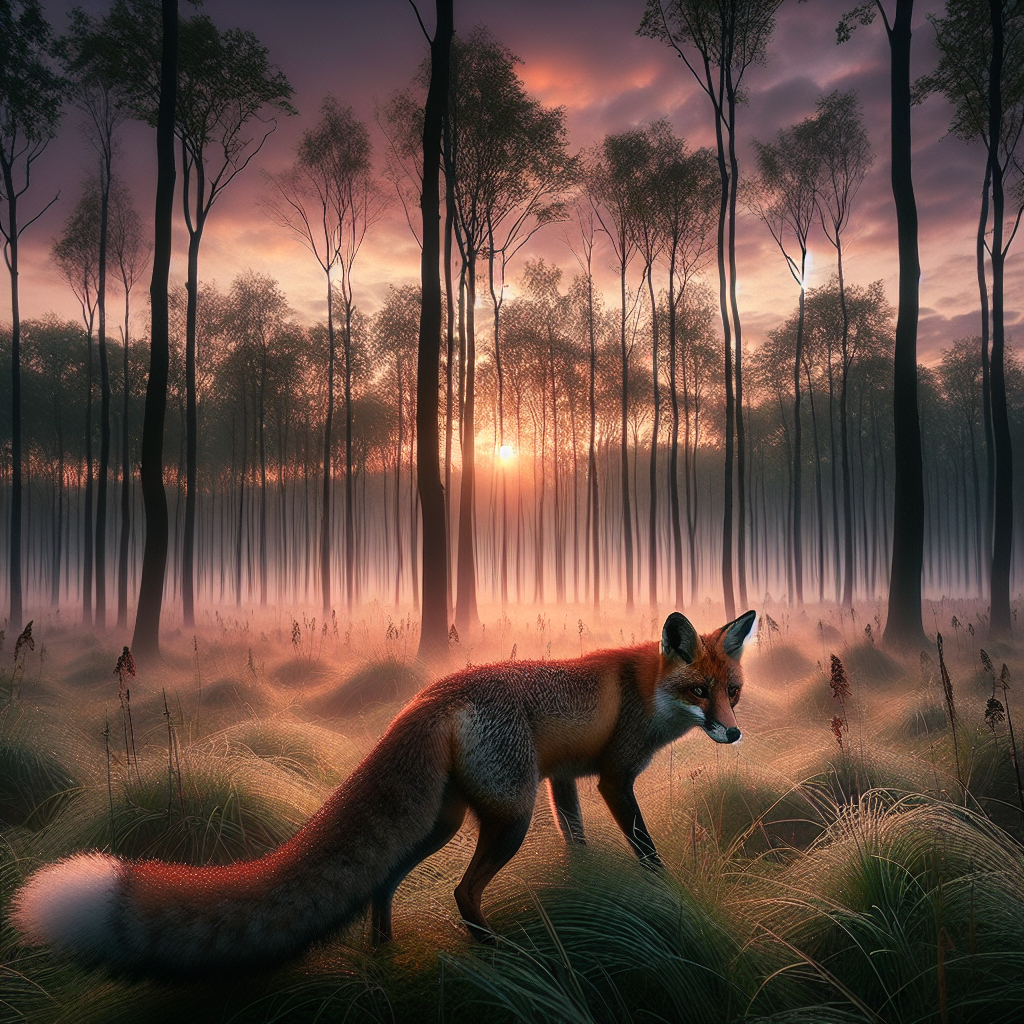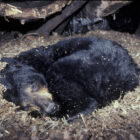Why are some animals crepuscolar?

In the natural world, animals exhibit a diverse range of behaviors and adaptations to survive and thrive in their respective environments. One behavioral pattern observed in many species is crepuscular activity, where animals are most active during the twilight hours, dawn, and dusk. This behavior presents a fascinating evolutionary strategy that offers several advantages for survival.
Advantages of Crepuscular Behavior
Crepuscular behavior, characterized by activity during the twilight hours of dawn and dusk, offers a range of advantages for animals inhabiting environments where daylight and darkness present challenges. This strategic adaptation has evolved in various species across the animal kingdom, providing them with a competitive edge in their ecosystems.
One significant advantage of crepuscular behavior is the avoidance of extreme temperatures associated with midday sunlight. In regions with hot climates, such as deserts or savannas, the intensity of sunlight during the day can be oppressive, leading to overheating and dehydration for many animals. By being active during the cooler twilight hours, crepuscular animals can mitigate the risk of heat stress while still capitalizing on the relatively abundant light available for foraging and navigation.
Crepuscular activity allows animals to exploit a period of transition between light and darkness, where they can navigate with greater ease and efficiency. During twilight, visibility is often enhanced by the soft, diffused light, making it easier for animals to detect both potential predators and prey. This increased visibility gives crepuscular predators, such as owls and foxes, a strategic advantage in hunting, allowing them to stalk and ambush their prey under the cover of dim light.
Avoiding Competition and Predators
The crepuscular hours also coincide with peak activity periods for many prey species. As diurnal animals prepare to rest for the night and nocturnal species begin to emerge, crepuscular animals can take advantage of this overlap to hunt for food. By targeting prey that may be less vigilant during these transitional periods, crepuscular predators can increase their hunting success rates while minimizing the risks associated with engaging with more formidable competitors.
Crepuscular behavior can also serve as a strategy to avoid direct competition with diurnal and nocturnal species for resources. By occupying a distinct temporal niche, crepuscular animals can access food sources and territories that may be less contested during twilight hours. This reduces the likelihood of aggressive encounters with other species and allows crepuscular animals to exploit resources more efficiently.

Crepuscular Adaptations
Crepuscular animals have evolved a suite of specialized adaptations to effectively exploit the transitional periods between daylight and darkness. These adaptations encompass various physiological, sensory, and behavioral traits that enable them to navigate and thrive in the unique conditions of twilight.
Physiological Adaptations
One key physiological adaptation observed in crepuscular animals is the optimization of visual acuity for low light conditions. Many species possess larger pupils and enhanced light-gathering structures within the eyes, such as tapetum lucidum—a reflective layer behind the retina that improves the sensitivity of vision in low light. These adaptations allow crepuscular animals to make the most of the limited available light during dawn and dusk, enhancing their ability to detect prey, avoid predators, and navigate their environment.
Sensory Adaptations
In addition to visual adaptations, crepuscular animals often rely on other sensory modalities, such as hearing and olfaction, to supplement their perception of the environment. Enhanced auditory sensitivity allows these animals to detect the subtle sounds of prey movement or potential predators, while acute olfactory abilities enable them to locate food sources or identify nearby conspecifics. By leveraging multiple sensory modalities, crepuscular animals can gather information about their surroundings and make informed decisions about foraging, mating, and avoiding danger during twilight hours.
Behavioral Adaptations
Crepuscular behavior is characterized by specific patterns of activity that maximize the benefits of twilight conditions while minimizing exposure to potential risks. Many crepuscular animals exhibit a bimodal activity pattern, with peaks of activity during both dawn and dusk. This behavioral strategy allows them to capitalize on the increased availability of resources, such as food or potential mates, during these transitional periods while avoiding the harsher environmental conditions associated with midday or nighttime.
Examples of Crepuscular Animals
Crepuscular behavior is widespread in the animal kingdom, with numerous species exhibiting this adaptive strategy to thrive in their respective environments. From mammals to insects, birds to reptiles, the crepuscular lifestyle has evolved independently in various taxa, highlighting its effectiveness as a survival strategy. Here are some examples of crepuscular animals:
White-tailed Deer (Odocoileus virginianus)
Found across North and South America, the white-tailed deer is a classic example of a crepuscular herbivore. These graceful mammals are most active during the twilight hours of dawn and dusk. During this time, they venture out from cover to forage for grasses, leaves, and other vegetation. By feeding during these periods, white-tailed deer can avoid the heat of the day while remaining vigilant for potential predators such as coyotes and wolves.
Red Fox (Vulpes vulpes)
The red fox is a highly adaptable predator known for its crepuscular hunting behavior. With keen senses of sight, smell, and hearing, red foxes are adept at stalking their prey during the low-light conditions of dawn and dusk. Their diet includes small mammals, birds, insects, and even fruits and berries. By being active during twilight hours, red foxes can capitalize on the increased activity of their prey while minimizing the risk of encountering larger predators.
Eastern Screech Owl (Megascops asio)
Owls are renowned for their nocturnal habits, but some species, such as the eastern screech owl, exhibit crepuscular behavior. These small, nocturnal raptors are often most active during the twilight hours when they hunt for small mammals, birds, and insects. With their keen eyesight and silent flight, eastern screech owls are well-suited to hunting in low-light conditions, making them formidable crepuscular predators.

Fireflies (Family Lampyridae)
While most insects are diurnal or nocturnal, fireflies are an intriguing example of crepuscular insects. These bioluminescent beetles are most active during the twilight hours when they engage in courtship displays using their flashing light patterns. Fireflies use their light to attract mates, with each species having its unique pattern of flashes. The enchanting displays of fireflies during dusk and dawn have fascinated humans for centuries, making them a beloved symbol of summer evenings.
Crepuscular Geckos (Family Gekkonidae)
Many species of geckos, particularly those inhabiting tropical and subtropical regions, are crepuscular in their activity patterns. These nocturnal lizards emerge from their hiding places at dusk to hunt for insects and other small prey. Crepuscular geckos, with their adhesive toe pads and excellent climbing abilities, are well-suited to navigating the dimly lit environments of twilight.
Crepuscular Rodents (Various Species)
Many species of rodents, including mice, rats, and hamsters, exhibit crepuscular behavior. These small mammals are most active during the twilight hours when they forage for seeds, fruits, insects, and other food sources. By avoiding the midday heat and the darkness of night, crepuscular rodents can reduce their risk of predation while still accessing essential resources.
Crepuscular Amphibians (Various Species)
Some amphibians, such as certain species of frogs and salamanders, are crepuscular in their behavior. These amphibians are most active during the twilight hours when they emerge from their hiding places to feed and breed. For example, the spring peeper (Pseudacris crucifer), a small tree frog, is known for its crepuscular calling activity during the breeding season, which peaks at dawn and dusk.










